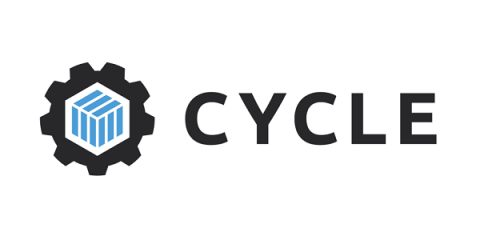The Power of LowOps
I'm Konner, a Strategic Sales Executive here at Cycle.io. With a background rooted in DevOps and CI/CD, I've dedicated over three years to engaging with developers and the DevOps community, consistently learning and gaining insights from each conversation.



